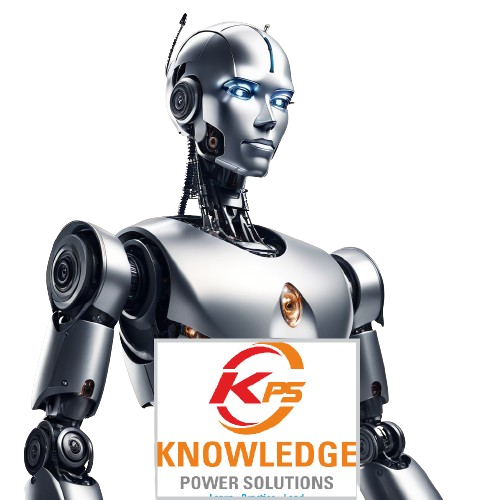AI for Everyone: A Beginner’s Handbook for Artificial Intelligence is designed to provide a clear, accessible introduction to the fundamentals of artificial intelligence for readers who may not have a technical background. Authored by Saptarsi Goswami, Amit Kumar Das, and Amlan Chakrabarti, this book serves as a comprehensive guide to understanding AI concepts and their applications across various industries.
Key Concepts and Structure
-
Introduction to Artificial Intelligence (AI)
- The book starts with a general overview of AI, introducing the reader to what AI is and how it is impacting our daily lives. The authors aim to demystify AI and make it understandable for anyone with a basic understanding of technology.
- The distinction between narrow AI (designed for specific tasks) and general AI (capable of performing any intellectual task that a human can) is clearly outlined.
-
Core AI Concepts
- Data and Algorithms: The book emphasizes the role of data in AI, explaining how algorithms process data to learn and make decisions.
- Machine Learning: The authors introduce machine learning as a subset of AI that enables machines to learn from data without being explicitly programmed.
- Deep Learning: The concept of deep learning, particularly its relevance to AI, is explained in simple terms, highlighting its importance in tasks like image and speech recognition.
-
Types of AI
- The book explores different types of AI systems, including supervised learning, unsupervised learning, and reinforcement learning, making them digestible for a beginner audience.
- The authors also introduce natural language processing (NLP) and computer vision, which are pivotal in making AI more interactive and capable of understanding human behavior.
-
AI Technologies and Tools
- The book provides a brief but clear overview of the technologies and tools used in AI, including machine learning libraries (e.g., TensorFlow, PyTorch), cloud-based platforms (e.g., Google Cloud AI, IBM Watson), and other resources that are integral to building AI systems.
- The importance of data preprocessing and cleaning is also emphasized, as AI systems rely on high-quality data to function optimally.
-
Applications of AI
- The book takes a practical approach by exploring AI applications across various domains:
- Healthcare: AI’s role in diagnosing diseases, drug discovery, and personalized medicine.
- Finance: Applications in fraud detection, algorithmic trading, and credit scoring.
- Retail and E-commerce: AI-driven product recommendations, customer service bots, and inventory management.
- Transportation: Autonomous vehicles, AI in logistics, and traffic management systems.
- Entertainment and Media: AI in content recommendation, gaming, and media production.
- The book takes a practical approach by exploring AI applications across various domains:
-
AI Ethics and Responsible AI
- The book includes a section on the ethical implications of AI, which is crucial for beginners to understand. The authors discuss issues like bias in AI, fairness, transparency, accountability, and the impact of AI on jobs and society.
- The concept of responsible AI is introduced, with practical examples of how AI can be implemented ethically in business and society.
-
AI and the Future
- The book concludes with a look at the future of AI, discussing emerging trends and innovations in the field.
- It touches upon the potential of general AI and the challenges involved in developing machines with human-like intelligence, including the importance of aligning AI with human values.
Key Takeaways
- Accessibility: The book is aimed at beginners and avoids heavy technical jargon, making it easy for anyone with basic knowledge of technology to grasp AI concepts.
- Practical Applications: Real-world use cases of AI are highlighted, showing how AI is already transforming various industries and everyday life.
- Ethical Considerations: A strong emphasis is placed on the ethical use of AI, ensuring that readers understand the broader implications of AI on society and how it can be implemented responsibly.
- Future Focus: The book doesn’t just cover the current state of AI but also discusses future trends, making it a forward-thinking resource for anyone interested in AI.
Conclusion
AI for Everyone: A Beginner’s Handbook for Artificial Intelligence is an excellent starting point for individuals who are curious about AI but do not have a technical background. It covers the basics of AI technologies, their applications, and the ethical challenges they pose in a way that is easy to understand. Whether you are a student, professional, or simply someone interested in AI, this book provides a solid foundation for understanding the key principles and impacts of artificial intelligence. The practical examples and clear explanations make it a great resource for anyone looking to explore AI in a meaningful and responsible way.
